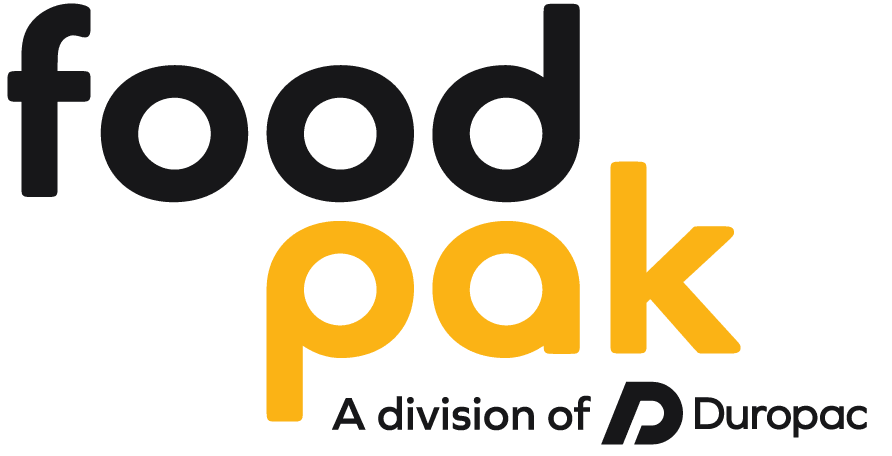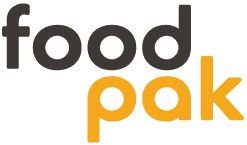So many packaging options...
When it comes to packaging your food products, selecting the right pouch materials is crucial. The right choice can make all the difference in preserving freshness, ensuring durability, and even enhancing your brand’s appeal. While packaging experts and food scientists will typically advise what packaging materials are required, it can help to understand how materials are optimized for your product.
We’ll explore the common materials used in food pouches, highlighting their properties, benefits, and specific applications. Whether you’re a food producer, packaging designer, or procurement manager, this guide will help you make informed decisions about the packaging materials that best suit your needs.
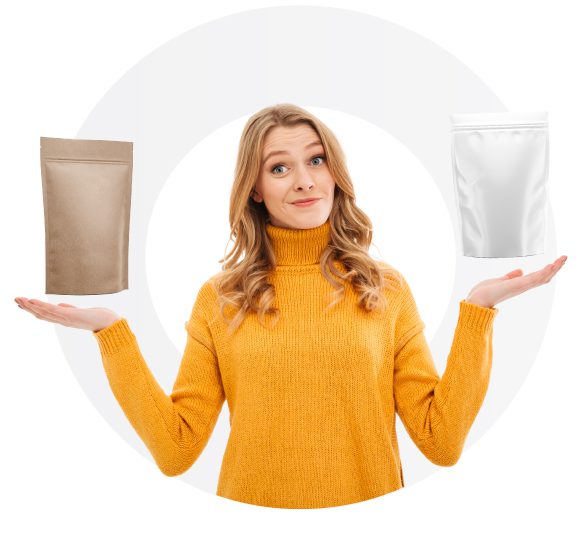
Understanding the importance of pouch materials
Choosing the right pouch materials is essential for several reasons:
Barrier Properties
Protects food from light, oxygen, and moisture. The required structures will be dependent on the specific requirements of your product.
Durability
Ensures the packaging can withstand handling and transport. Some products, especially those prone to puncturing, may need stronger materials.
Sustainability
Aligns with eco-friendly practices and consumer preferences. While there are limitations with sustainable options in waste streams, there are options available.
Laminated pouch materials
The materials in this section are organized into the various layers that they appear in a bag structure. This assumes that the packaging is laminated into layers, however, the properties exist in coextruded pouches as well. Coextruded pouches have 2 or more types of plastic blended together. Also of note, not all pouches will contain 3 layers. Often, only an outer layer and an inner layer is required with no middle layer to form a complete pouch.
1. Outer materials
A
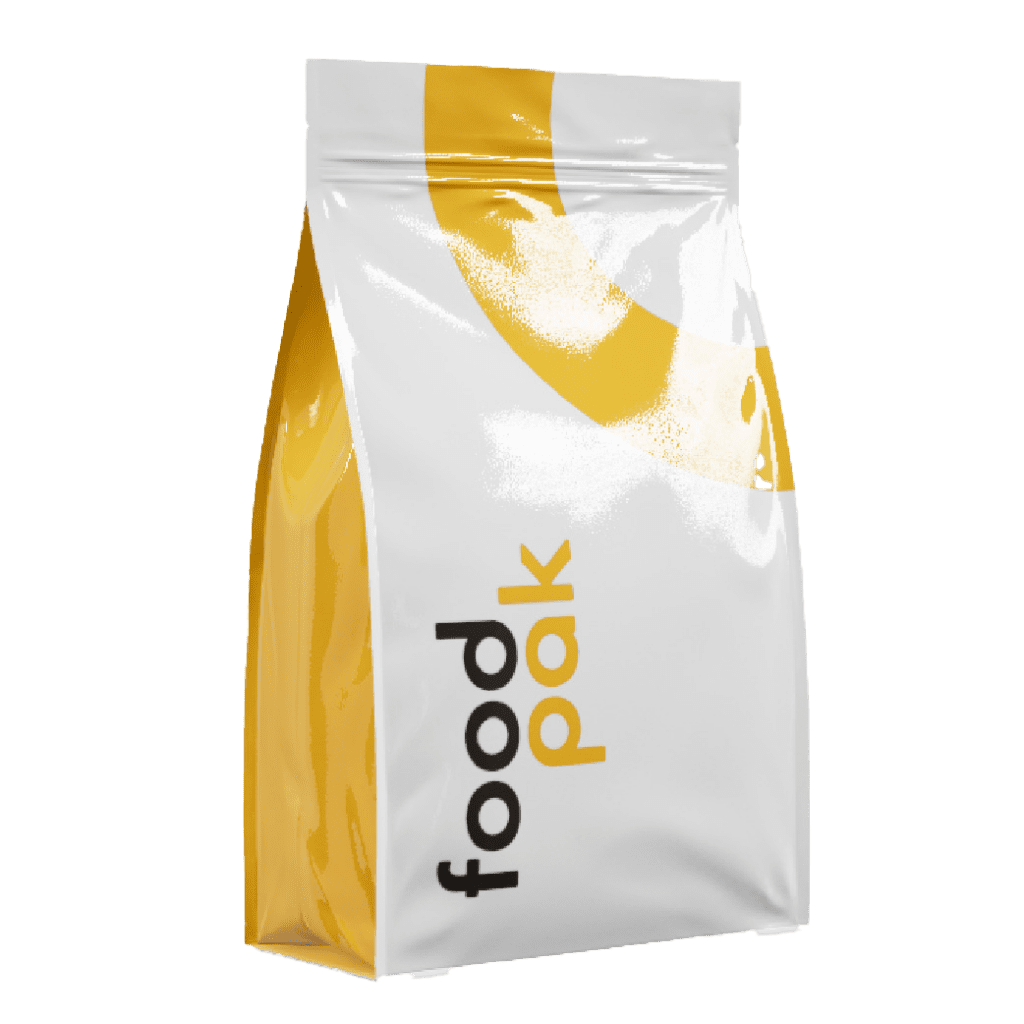
PET (Polyester)
PET is known for its excellent printability and glossy finish. It serves as the primary layer for artwork in roto or glossy digital printing, making it ideal for visually appealing packaging. Commonly used for products where high-quality graphics and a shiny finish are desired, such as snack foods and beverages.
B
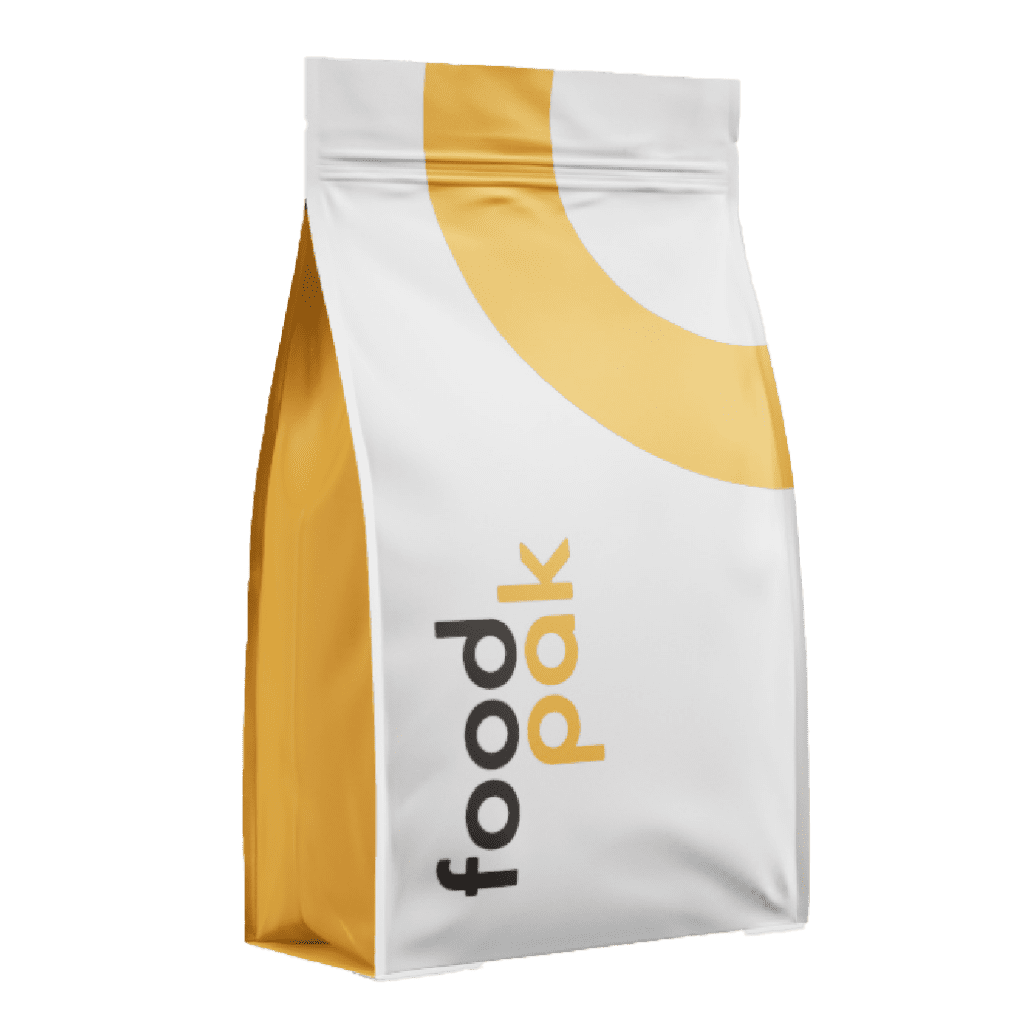
MOPP (Mono Oriented Polypropylene)
MOPP provides a matte finish, making it a popular choice for brands looking to achieve a non-glossy appearance. Printing is done directly onto the MOPP layer in digital printing.
C
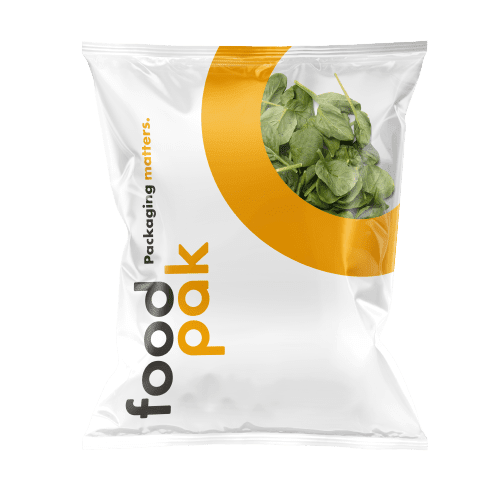
BOPP (Biaxially Oriented Polypropylene)
BOPP is a polypropylene layer stretched in two directions during curing, which enhances its strength and clarity. It can also be metallized (MBOPP) for added barrier properties. Used for products that require a strong, clear, and sometimes reflective barrier, such as chips and other snack foods.
D
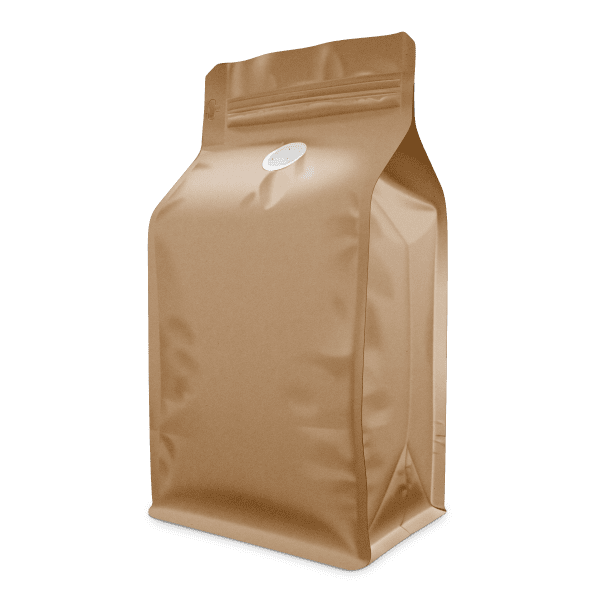
Natural kraft
Natural Kraft provides a paper bag feel and is used for its eco-friendly appearance. The paper can be used as a printed layer, allowing for a rustic and natural look. Note that any Kraft paper laminated to plastics cannot be returned to recycling depots due to the mixed materials.
2. Middle layer
A
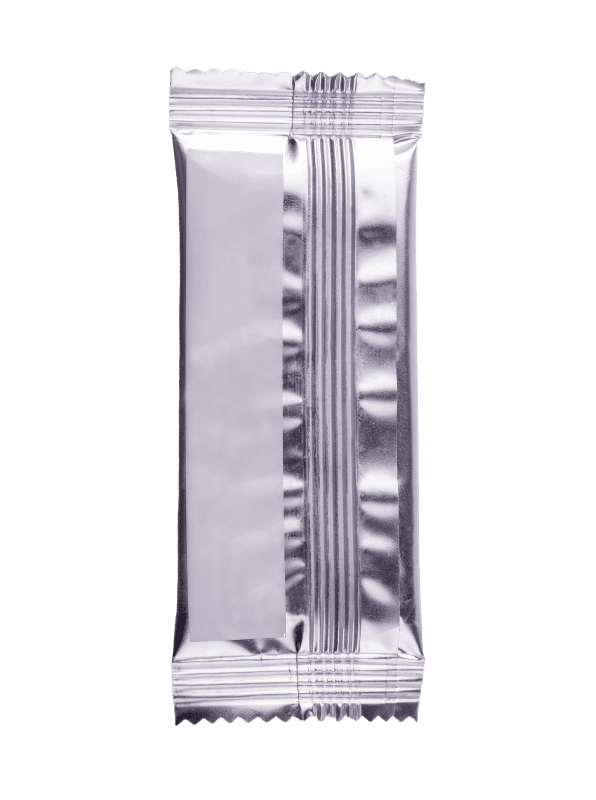
Aluminum (Al)
A metallized layer can rather be Al or VMPET. Aluminum has better light and oxygen barrier properties for maintaining product freshness and extending shelf life compared to VMPET, however, it is more prone to tearing and is more costly than VMPET.
B
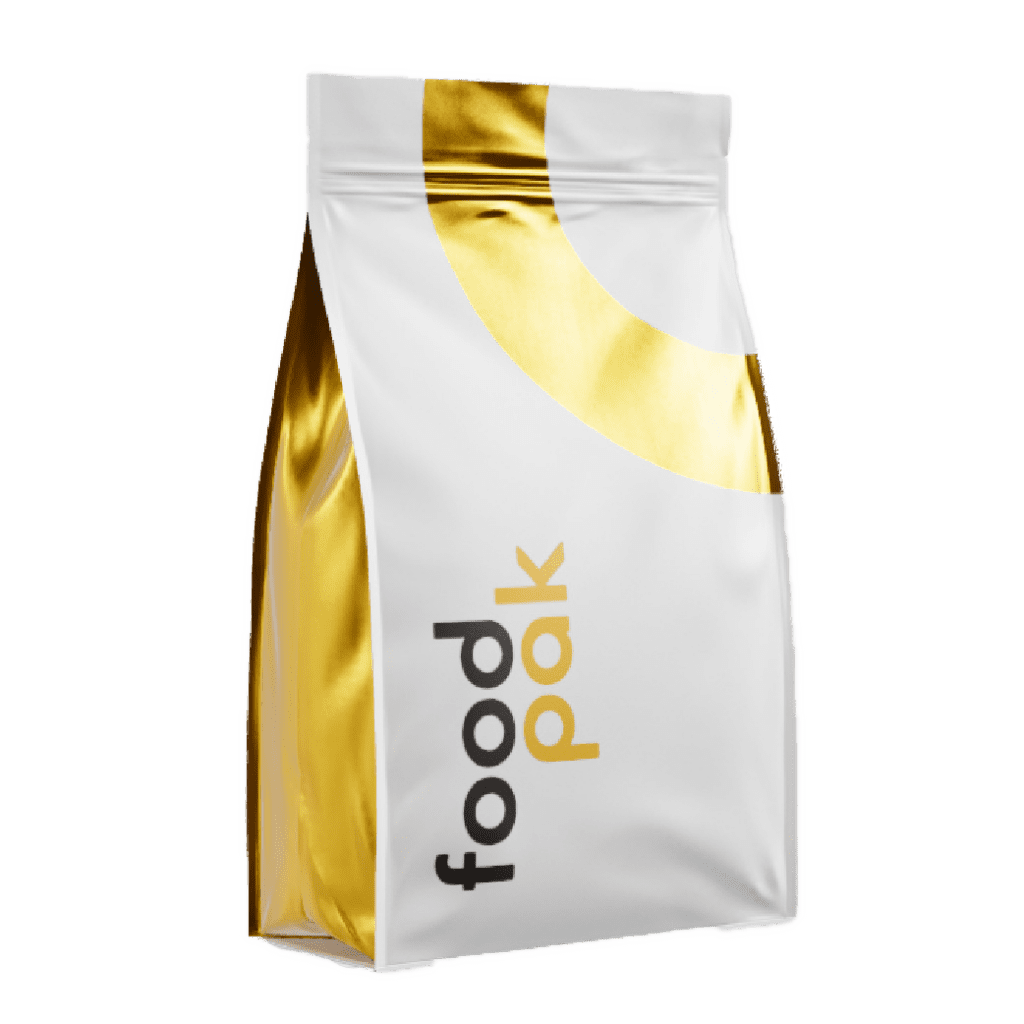
VMPET (Vacuum Metalized PET, or METPET)
VMPET is polyester that has been metallized with a thin layer of aluminum. Metalized layers can also be used when metallic features are desired in packaging artwork, since the metal can shine through transparent colours. Commonly used in coffee packaging, snacks.
C
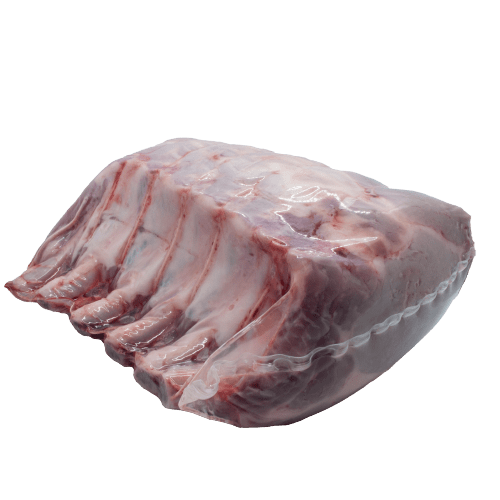
Nylon (Ny or PA, Polyamide)
Nylon offers high heat resistance, high puncture resistance, and excellent oxygen barrier properties. Often used for liquid products or products with sharp edges like bones or shells. It is also coextruded in vacuum bags. BOPA (Biaxially-oriented Polyamide) may be used due to it’s higher strength, durability, barrier properties.
D
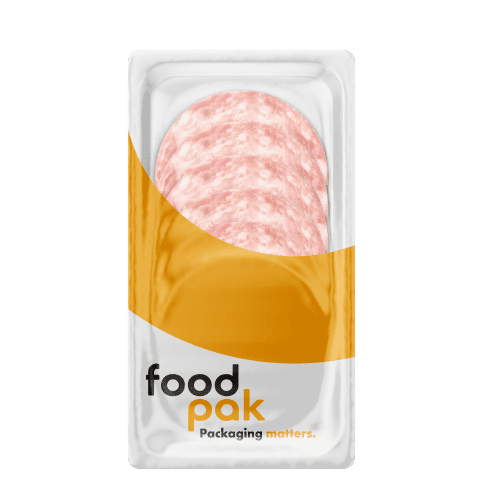
EVOH (Ethyl vinyl alcohol)
EVOH is a commonly-added middle layer for products that need the highest gas and moisture barriers. EVOH has very high clarity and is often used for meats, dairy, and processed foods to extend shelf life and preserve freshness.
3. Inner Layer
A
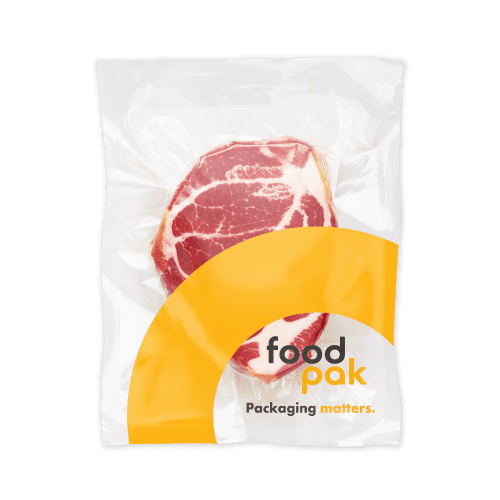
PE (Polyethylene)
PE is the sealant layer; when heated up, the plastic will melt and adhere together to create an airtight seal to keep your products safe and secure. Compared to other structures, it has a much lower melting point. Therefore, PE lends itself well to traditional sealing equipment like impulse sealers and vacuum sealers. PE is flexible, durable, and resistant to tearing. It’s used across various food products (often as LDPE, low density polyethylene, or LLDPE, liner low density polyethylene) due to its versatility and durability.
B
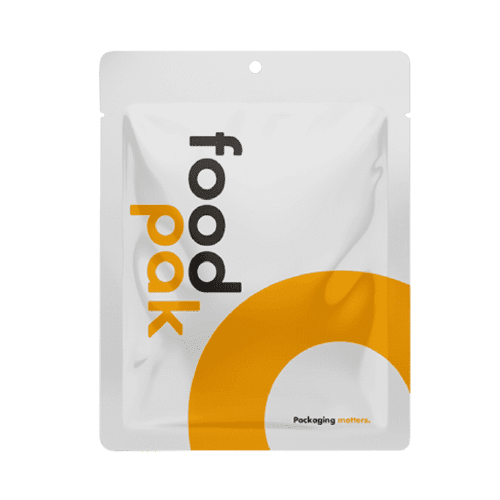
PP (Polypropylene)
PP is another material that can be used as a sealant layer in pouches. CPP (Cast polypropylene is a common structure in retort pouches, used in this application for its durability.
C
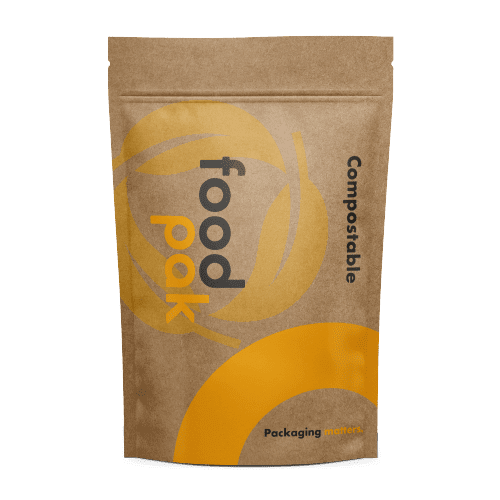
PLA (Polylactic Acid)
PLA is a sealant layer that is made from renewable, bio-based resources and is industrially compostable, meaning it can break down into organic materials under the conditions of an industrial composting facility. However, it is not backyard compostable and will not break down in a standard compost bin. It can be used for eco-friendly packaging solutions for products where sustainability is a key selling point. Keep in mind that no composting facilities are accepting PLA, so these currently cannot be composted.
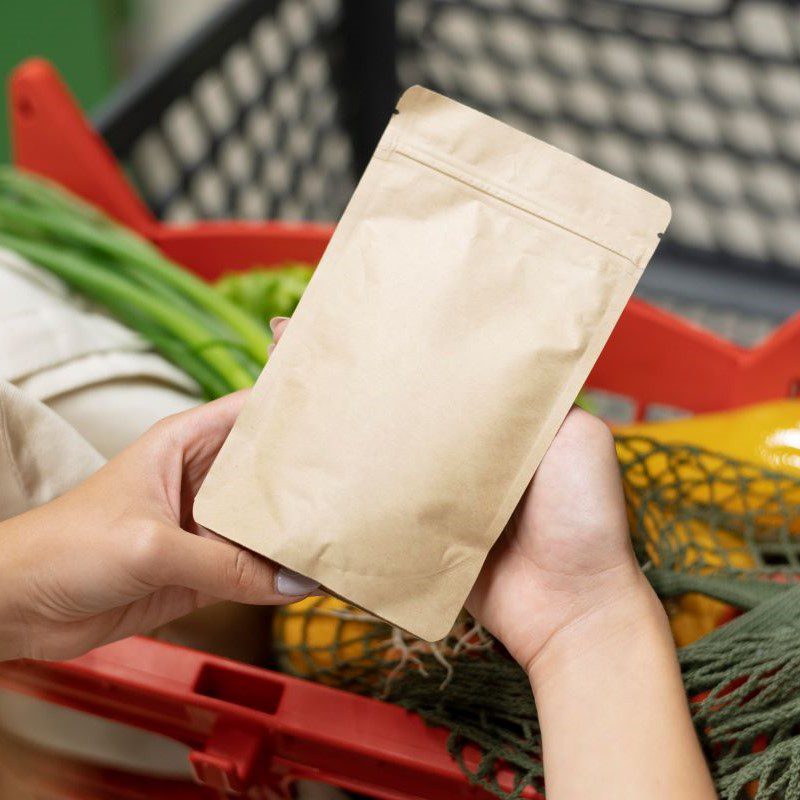
Wrapping up.
Selecting the right pouch material for your food products is a critical decision that impacts product freshness, durability, and brand perception. By understanding the properties and applications of each material, you can make informed choices that align with your product needs and sustainability goals.
Ready to find the perfect packaging solution for your food products? Contact us today for more information on selecting the right pouch materials.
Share this post
Have a project in mind?
Get in touch today for a custom quote.

